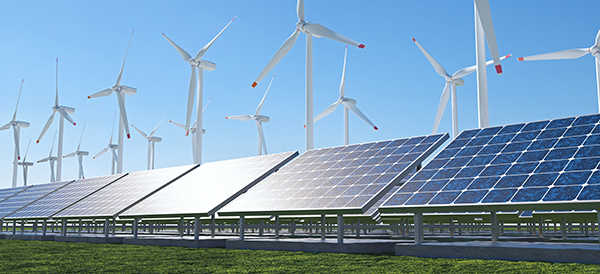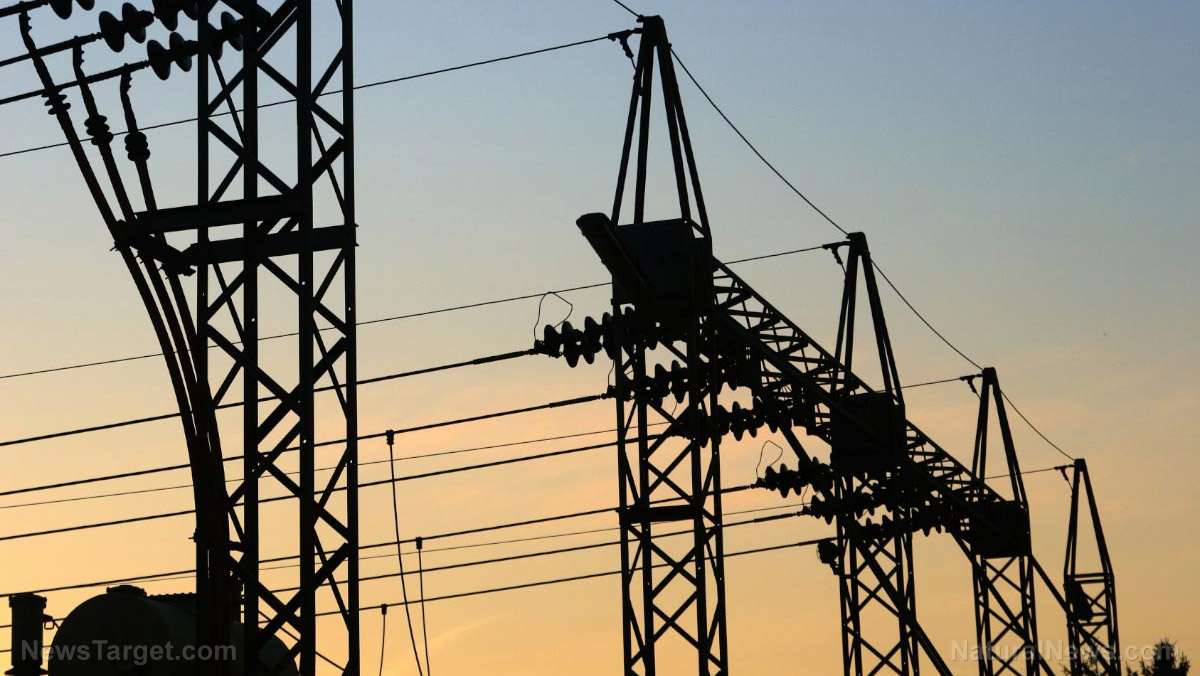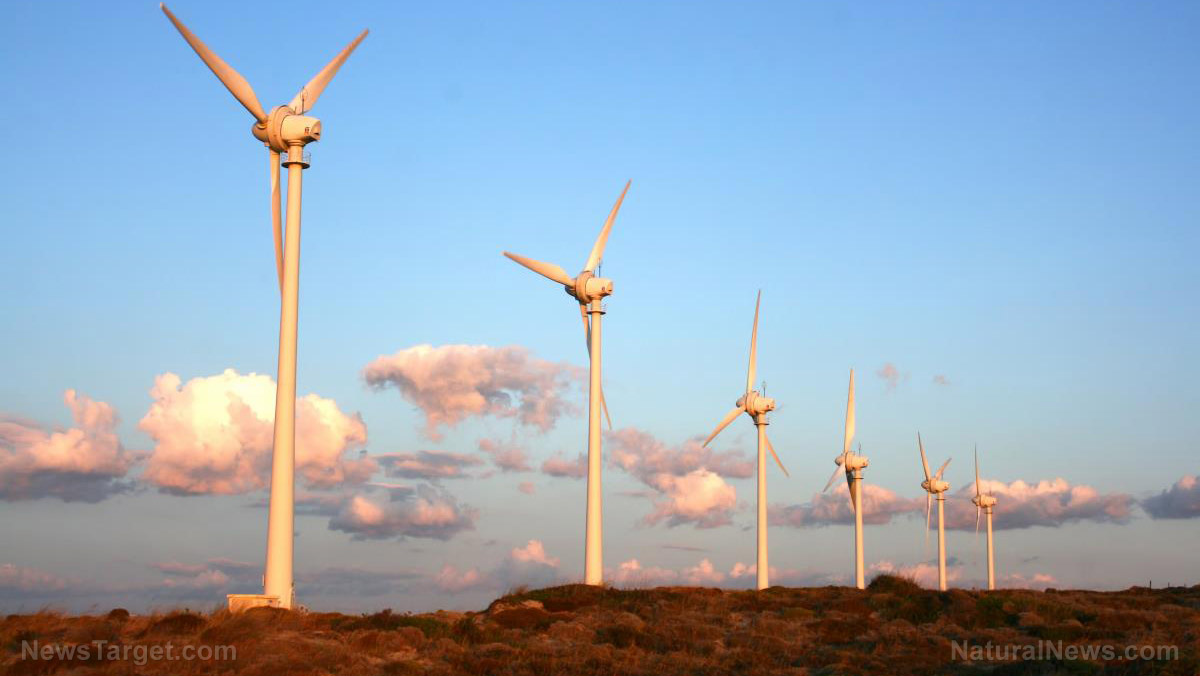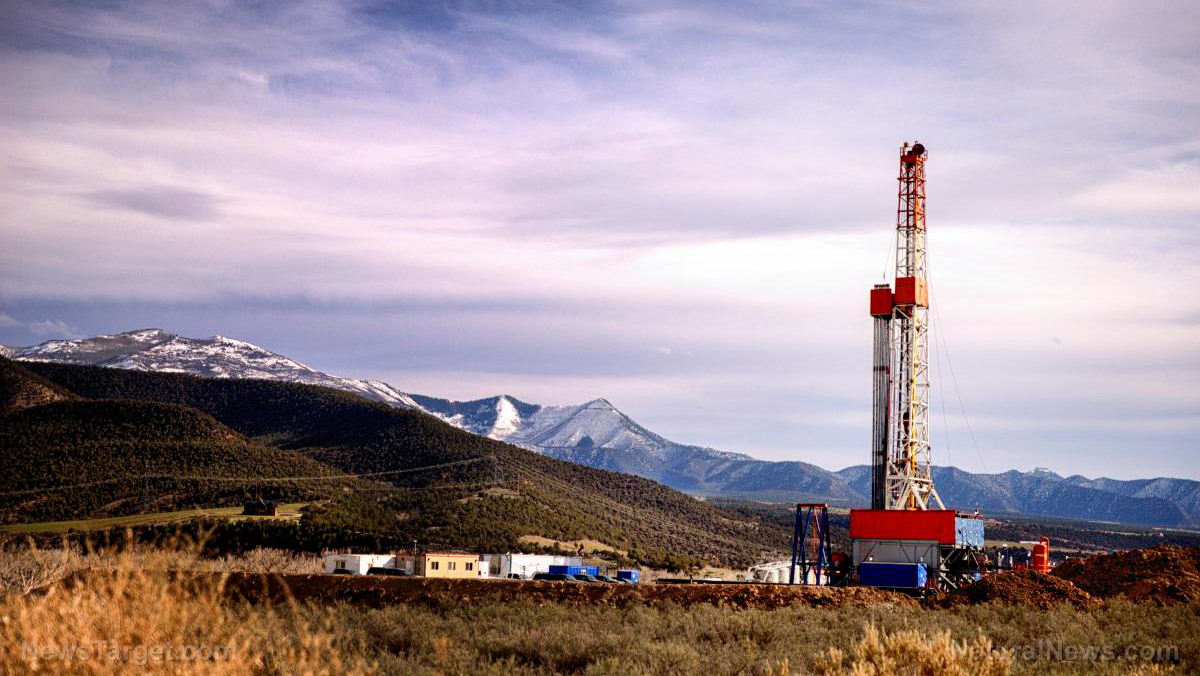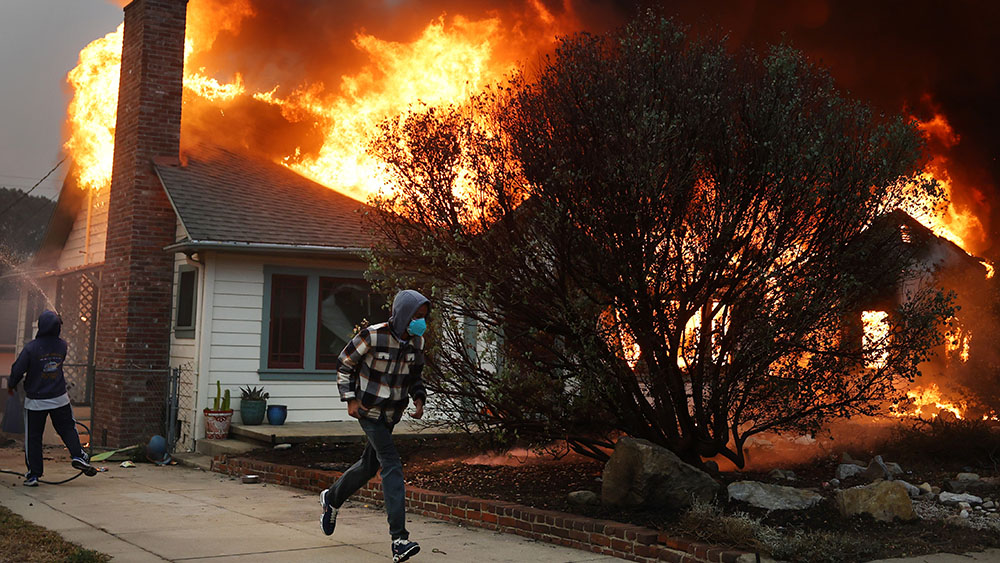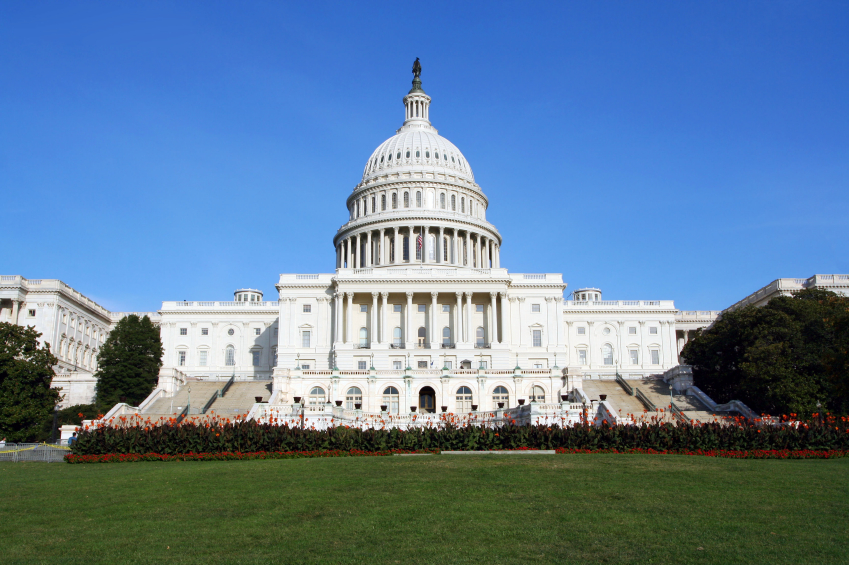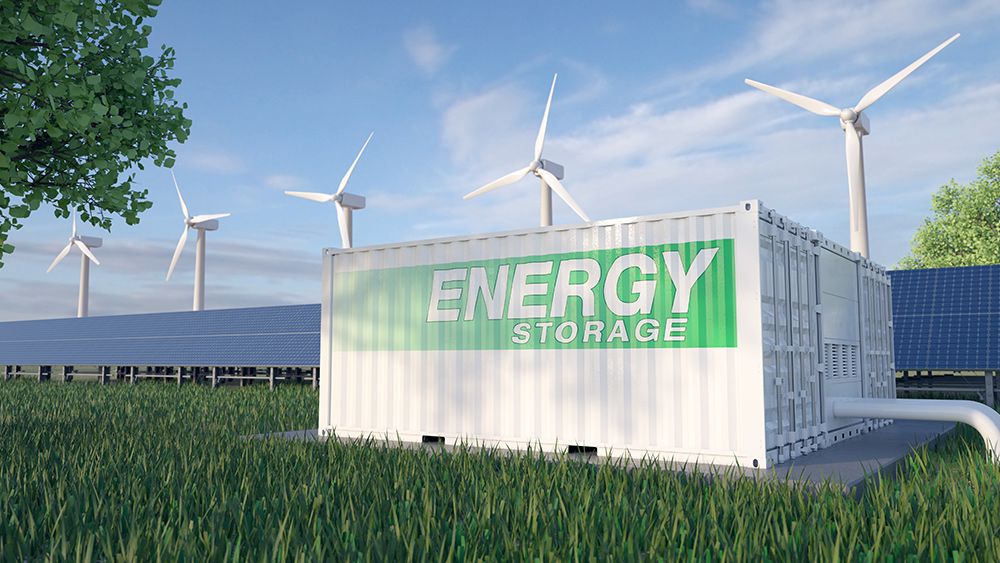BILLION-DOLLAR BOONDOGGLE: Obama’s Ivanpah solar plant exemplifies green energy failure and the cost of government overreach
02/13/2025 / By Willow Tohi
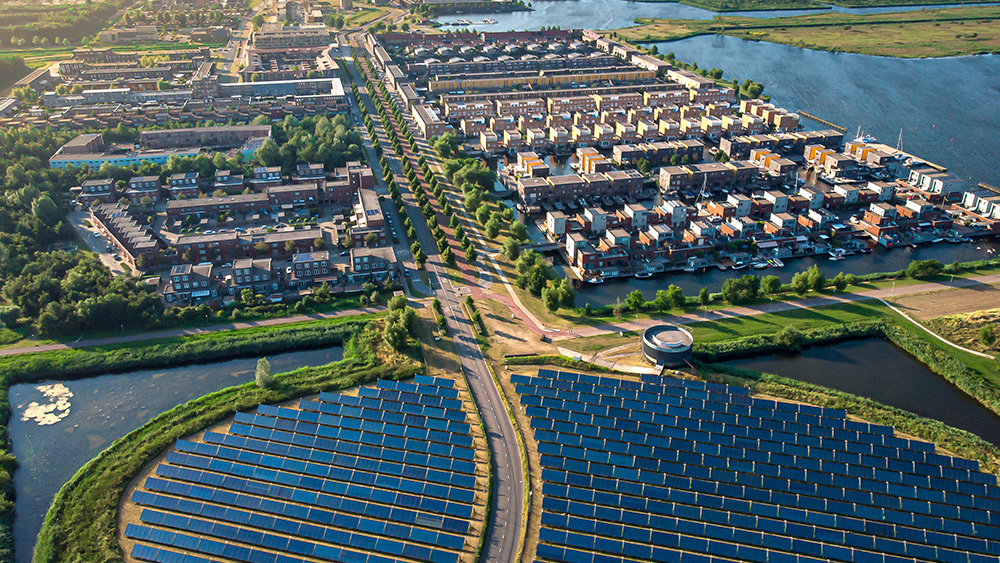
- The Ivanpah Solar Power Facility, a $1.6 billion federally funded project, is on the brink of closure, highlighting the risks of government overreach in energy policy.
- Despite being hailed as a model of renewable energy, Ivanpah underperformed, relied on natural gas and caused significant ecological damage, including habitat destruction and wildlife deaths.
- The plant’s failure leaves taxpayers liable for the investment, raises concerns about job losses, and underscores the economic inefficiency of government-subsidized green energy projects.
- Ivanpah’s failure is part of a larger trend of expensive and inefficient government-backed renewable energy initiatives, such as the collapse of Solyndra.
- The collapse of Ivanpah underscores the importance of prioritizing reliable and affordable energy sources like oil and gas, while raising questions about the effectiveness of unproven renewable technologies.
The collapse of the Ivanpah Solar Power Facility, a $1.6 billion federally funded project, serves as a stark reminder of the dangers of government overreach in energy policy. Once hailed as a shining example of America’s leadership in renewable energy, the plant is now on the brink of closure, leaving taxpayers to foot the bill and raising serious questions about the viability of government-subsidized green energy initiatives.
A costly experiment gone wrong
In 2011, the Obama administration issued $1.6 billion in loan guarantees to finance the Ivanpah Solar Power Facility, a sprawling solar thermal power plant in California’s Mojave Desert. The project, which consists of three units and nearly 350,000 mirrors designed to focus sunlight onto boiling towers, was touted as a groundbreaking step toward a cleaner energy future. Then-Secretary of Energy Ernest Moniz called it an “example of how America is becoming a world leader in solar energy.”
But a decade later, the facility has failed to deliver on its promises. Despite its massive price tag, Ivanpah has consistently underperformed, producing less electricity than projected while relying heavily on natural gas to remain operational. Jason Isaac, CEO of the American Energy Institute, did not mince words when describing the project: “Ivanpah is yet another failed green energy boondoggle, much like Solyndra. Despite receiving $1.6 billion in federal loan guarantees, it never lived up to its promises.”
The plant’s struggles have now reached a breaking point. In January, Pacific Gas & Electric (PG&E), one of Ivanpah’s primary customers, announced it would cancel its power purchase agreement 14 years early, citing cost savings for consumers. This decision effectively sealed the plant’s fate, leaving it without a critical revenue stream.
Environmental and economic fallout
While Ivanpah was marketed as an environmentally friendly alternative to fossil fuels, its actual impact has been far from green. The construction and operation of the facility have caused significant ecological damage, including the destruction of pristine desert habitat and the deaths of thousands of birds and tortoises. Julia Dowell of the Sierra Club, an environmental advocacy group, described the project as a “financial boondoggle and environmental disaster.”
“Along with killing thousands of birds and tortoises, the project’s construction destroyed irreplaceable pristine desert habitat along with numerous rare plant species,” Dowell said. “While the Sierra Club strongly supports innovative clean energy solutions and recognizes the urgent need to transition away from fossil fuels, Ivanpah demonstrated that not all renewable technologies are created equal.”
The economic fallout from Ivanpah’s failure is equally troubling. Taxpayers are left holding the bag for a project that never delivered on its promises, and the plant’s closure will likely result in job losses and further financial strain on local communities. This debacle echoes the 2011 collapse of Solyndra, another Obama-era green energy project that went bankrupt after receiving $535 million in federal loan guarantees.
A pattern of waste and inefficiency
Ivanpah’s failure is not an isolated incident but part of a broader pattern of wasteful spending and inefficiency in government-subsidized green energy projects. Steve Milloy, a senior fellow at the Energy & Environmental Legal Institute and former member of the Trump EPA transition team, warned that similar failures could be on the horizon.
“Green projects have a long history of expensive taxpayer-subsidized disaster that is getting more so,” Milloy said. “Soon we will be looking at failures of larger magnitude than Green New Deal spending. No green project relying on taxpayer subsidies has ever made any economic or environmental sense.”
Milloy’s concerns are particularly relevant in light of recent Democrat-backed legislation aimed at accelerating the transition to renewable energy. While the intentions behind these policies may be noble, the track record of government-funded green energy projects suggests that they are more likely to result in wasted taxpayer dollars and economic inefficiency than meaningful progress.
The case for reliable, affordable energy
The collapse of Ivanpah underscores the importance of prioritizing reliable, affordable energy sources like oil and gas. For decades, these fuels have powered the American economy, providing the energy needed to fuel industries, heat homes and transport goods. Unlike solar and wind, which are intermittent and dependent on favorable weather conditions, oil and gas offer a consistent and dependable energy supply.
Efforts to phase out fossil fuels in favor of untested or inefficient renewable technologies risk undermining the very foundation of our economy. The House of Representatives recently took a step to protect America’s energy independence by passing a bill that would block future presidents from banning oil drilling without congressional approval. This move reflects a growing recognition of the critical role that oil and gas play in maintaining a healthy economy.
Learning from Ivanpah’s mistakes
The story of Ivanpah is a cautionary tale about the dangers of government overreach in energy policy. While the push for renewable energy is well-intentioned, it must be balanced with a realistic assessment of the costs and benefits. The failure of Ivanpah and similar projects highlights the need for a more pragmatic approach to energy policy—one that prioritizes affordability, reliability and fiscal responsibility.
As we look to the future, it is essential to learn from the mistakes of the past. Rather than pouring billions of taxpayer dollars into unproven technologies, we should focus on harnessing the energy sources that have proven their worth time and time again. Only by doing so can we ensure a prosperous and sustainable future for generations to come.
Sources include:
Submit a correction >>
Tagged Under:
big government, collapse, energy supply, government debt, government overreach, green power, green tyranny, new energy report, Obama, renewables, solar farm
This article may contain statements that reflect the opinion of the author
RECENT NEWS & ARTICLES
NewEnergyReport.com is a fact-based public education website published by New Energy Report Features, LLC.
All content copyright © 2018 by New Energy Report Features, LLC.
Contact Us with Tips or Corrections
All trademarks, registered trademarks and servicemarks mentioned on this site are the property of their respective owners.

